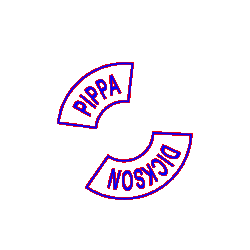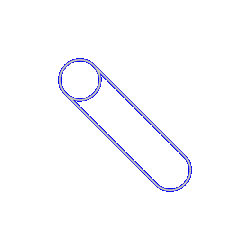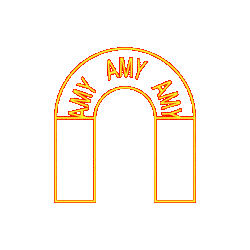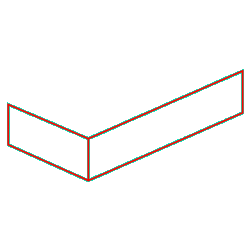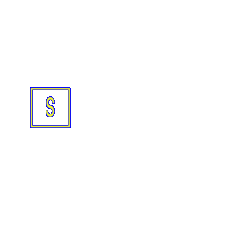WORKAROUND engages with a movement of women focused on advocacy and activism within an expanded field of architecture. Each of these practitioners works towards positive change in the built environment and its surrounding cultures. Motivated by the increasing urgency of the challenges we all now face — environmental, social and professional — these women work around existing conventions, systems and structures.
Such practitioners share some common characteristics. They demonstrate agency, strategic opportunism and values- based leadership. Also, they can be defined by what they are not — they are not conventional practitioners, and they are (generally) not producing objects or working within the traditional structure of the design office. These practitioners are agile and each has developed workarounds to critically negotiate and rethink systemic limitations; circumventing entrenched professional hierarchies; managing working life and family demands, and extending the bounds of architecture and design.
Within the diverse practices of these women, gender and feminist politics play varying roles: sometimes a direct and explicit driver, sometimes an implicit and understated context.
WORKAROUND is an online broadcast and a program of live events. Across fourteen daily episodes, fourteen Australian practitioners each present a critique, conversation, interview, workshop or performance that articulates their strategies and workarounds and reflects on their activist practice. In addition, the curators will present a fifteenth episode exploring design activism. Each of the episodes can be watched in real time as it occurs from the set at RMIT Design Hub, or viewed online via the Design Hub website.
For WORKAROUND, our curatorial intention is clear — it is to identify, assemble, create a platform for, and find new connections between a burgeoning movement of women focused on advocacy and activism within an expanded field of architecture. These fourteen broadcast episodes bring to light ways of working within, without and beside architecture as it has previously been conceived. WORKAROUND is our opportunity to learn how this extraordinary group of women articulate their particular workarounds — both personal and professional — that are necessary to effect change.
Curatorium
Kate Rhodes and Fleur Watson (RMIT University), Naomi Stead (Monash University).
Practitioners
Simona Castricum; Esther Charlesworth; Pippa Dickson; Pia Ednie-Brown; Harriet Edquist; Mary Featherston; Guest, Riggs (Stephanie Guest and Kate Riggs); Amy Learmonth; Helen Norrie; OoPLA (Tania Davidge and Christine Phillips); Parlour; Sam Spurr; SueAnne Ware; and XYX Lab, Monash University (led by Director Dr Nicole Kalms and the combined strengths of core members — Dr Gene Bawden, Dr Pamela Salen, Allison Edwards, Hannah Korsmeyer, and Zoe Condliffe).
EXHIBITION DESIGN
GRAPHIC DESIGN
Design Hub team
Kate Rhodes
Curator
Nella Themelios
Curator/Creative Producer
Erik North
Creative Producer/Technical Production Coordinator
Timothy McLeod
Technical Production Coordinator/
Technical Production Assistant
Layla Cluer
Operations Assistant
Michaela Bear
Curatorial Assistant
Robert Jordan
Audio Visual Designer
Simon Maisch
Sound System Designer
Ari Sharp
Audio Visual and
Installation Technician
Bryce Maher
Audio Visual Technician
Gavin Bell
Installation Technician
Jessica Wood
Installation Technician
GALLERY ASSISTANTS
Ian Bunyi, Luke Garrett, Siofra Lyons, Luke Pingipas.
VOLUNTEERS
Leanne Choi, Ana Davila Veytia, Majed Fayad, Chloe Gleeson, Isabel McCrann, Lisa Miyagi, Audrey Ng, Linlu Pan, Xanthea Riordan, Tammy Rowe, Gerard Snowdon, Felix Taylor, Jiarui Tian (Ophelia), Jobelle Villanueva, Xiaoxiao Wang.
RMIT Design Hub
RMIT Design Hub is a progressive educational environment. It houses a community of architects, designers, curators and students for collaborative, inter-disciplinary design research and education within a purpose-built, 10-storey building that also includes RMIT University’s School of Architecture & Design and the RMIT Design Archives.
The Project Rooms at Design Hub exhibit creative, practice-led research and are open to everyone. Exhibitions at Design Hub visualise, perform and share research ideas and make new research connections.
Location
Corner Victoria St and Swanston St Carlton, 3053
Opening hours
Tuesday–Friday, 10AM–5PM
Saturday, 12PM–5PM
Closed Sunday, Monday
and Public Holidays.
Please note that WORKAROUND will be open on Sunday 29 July as part of Open House Melbourne and will be open to prospective students as part of RMIT’s Open Day on Sunday 12 August.
[Admission is free]
Disclaimer
RMIT University has made every effort to trace copyright holders and provide correct crediting and acknowledgments in consultation with the providers of the exhibition.







